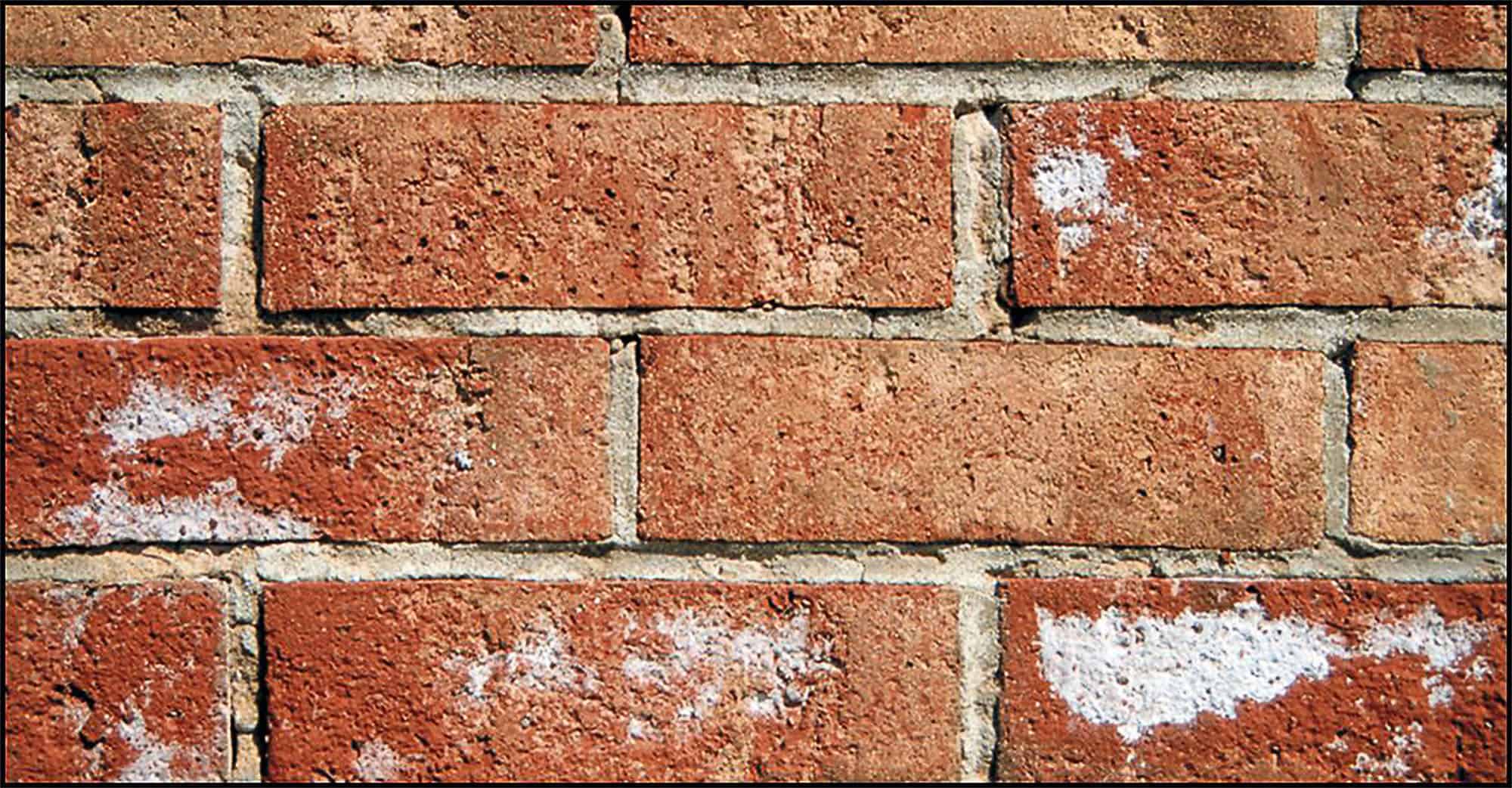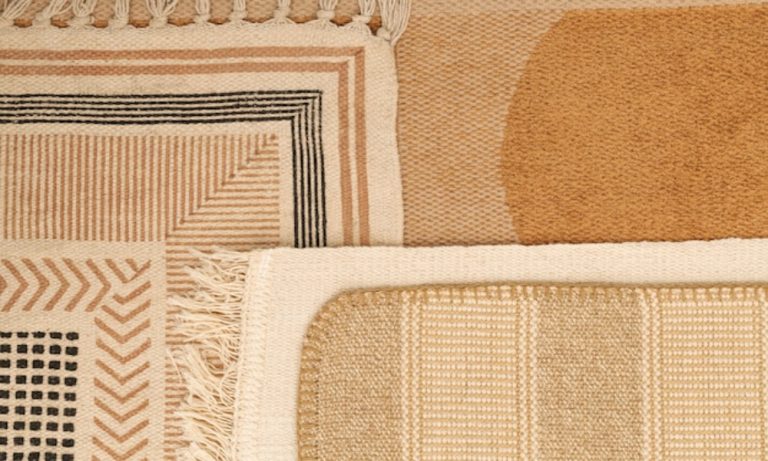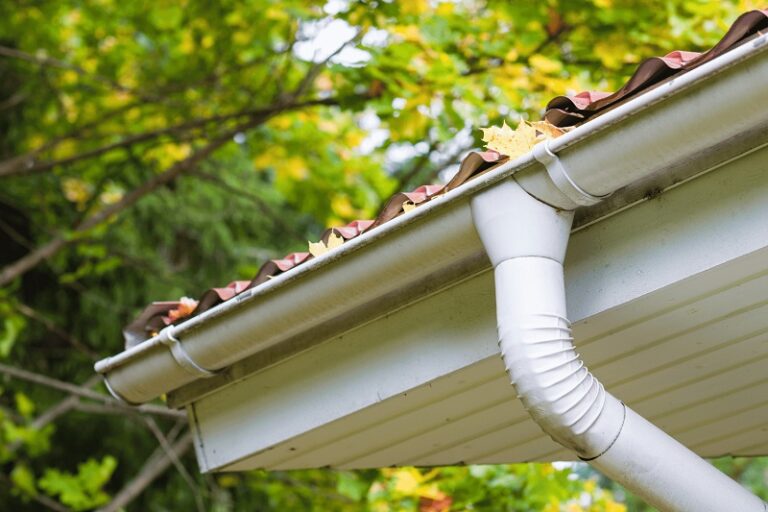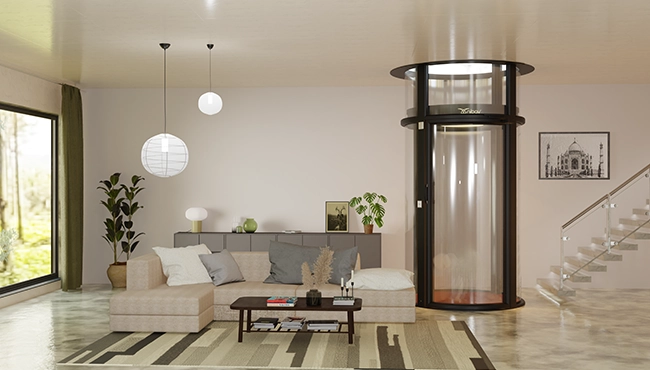
Be it granite, quartz, or marble, New York’s buildings and homes use stones in various forms, from esthetics to functional. But, when the white, chalky material known as efflorescence appears on your recently poured surface, it may be highly frustrating. Fortunately, professionals in stone cleaning Mahopac NY can help you with efflorescence removal from stonework in the future.
What is Efflorescence?
The white material generated by naturally occurring salts in gravel, soil, cement, water, and sand is known as efflorescence. These salts can then migrate through the water to the surface of your natural stone, leaving crystalline deposits behind. Although this chalky material is not dangerous, it will detract from the beauty of your natural stonework by generating chalky white areas. This will require professional help in the form of stone cleaning Mahopac NY
How to Avoid Efflorescence?
The likelihood and intensity of efflorescence can be reduced by an array of installation procedures, including:
- Keeping stone dry and off the ground by storing it on pallets.
- Ensure correct grading and drainage to avoid standing water on the stone.
- Damp proofing beneath and behind installations, primarily when porous materials such as Indiana Limestone are used.
- At the end of each day, cover unfinished walls to avoid dampness behind the stone.
- It’s also worth mentioning that less porous stones absorb less water and may be less prone to efflorescence.
Treatment of Efflorescence on Concrete and Masonry Surfaces
The following variations lie in treating efflorescence:
- Material Choice
- Design and Details
- Construction Methods
- Material Choice
Avoid selecting materials that are likely to effloresce. The possibility of efflorescence development increases with alkali content, so use cement with a low alkali content. Additionally, use potable water and cleaned sand when making grout or mortar mixes. The possibility of efflorescence production also increases if building trimmings such as copping, sills, and guards are made of low-salt content materials. Lastly, it is possible to determine whether a material will likely form efflorescence in the future
- Design and Details
Every brick wall may be infiltrated in some way by rainwater. It is still possible to minimize or eliminate water penetration that might cause efflorescence by carefully designing and detailing.
The following design measures are advised to avoid efflorescence formation:
Groundwater that is below grade can contain soluble salts, which can accumulate in brickwork and cause efflorescence. It is possible to eliminate this cause of efflorescence by installing waterproof masonry below grade and a foundation flashing above grade. The base flashing below the air space should be supported by grout or mortar.
Trim flashing: The purpose of flashing is to prevent capillary action and prevent moisture from entering masonry and trim materials.
Masonry walls do not produce efflorescence since they have an air space between their outside and inner walls. A brick wythe with an air gap separates the brick wythe from the surrounding materials, allows water to flow down the back of the brick wythe, and prevents salts from moving from the backing materials.
- Construction Practices
The following are some beneficial building approaches that contribute to less efflorescence formation:
- Water Consumption: Use water that is devoid of salts.
- It is important to keep masonry units clean and free from dirt, pollution, groundwater, snow, and rainwater during transit and construction.
- Efflorescence can only be minimized by a solid wall’s head and bed mortar joints, and by using grapevine mortar joints on its outer face. Providing an appropriate connection between the masonry sections will prevent wind-driven water from entering.







